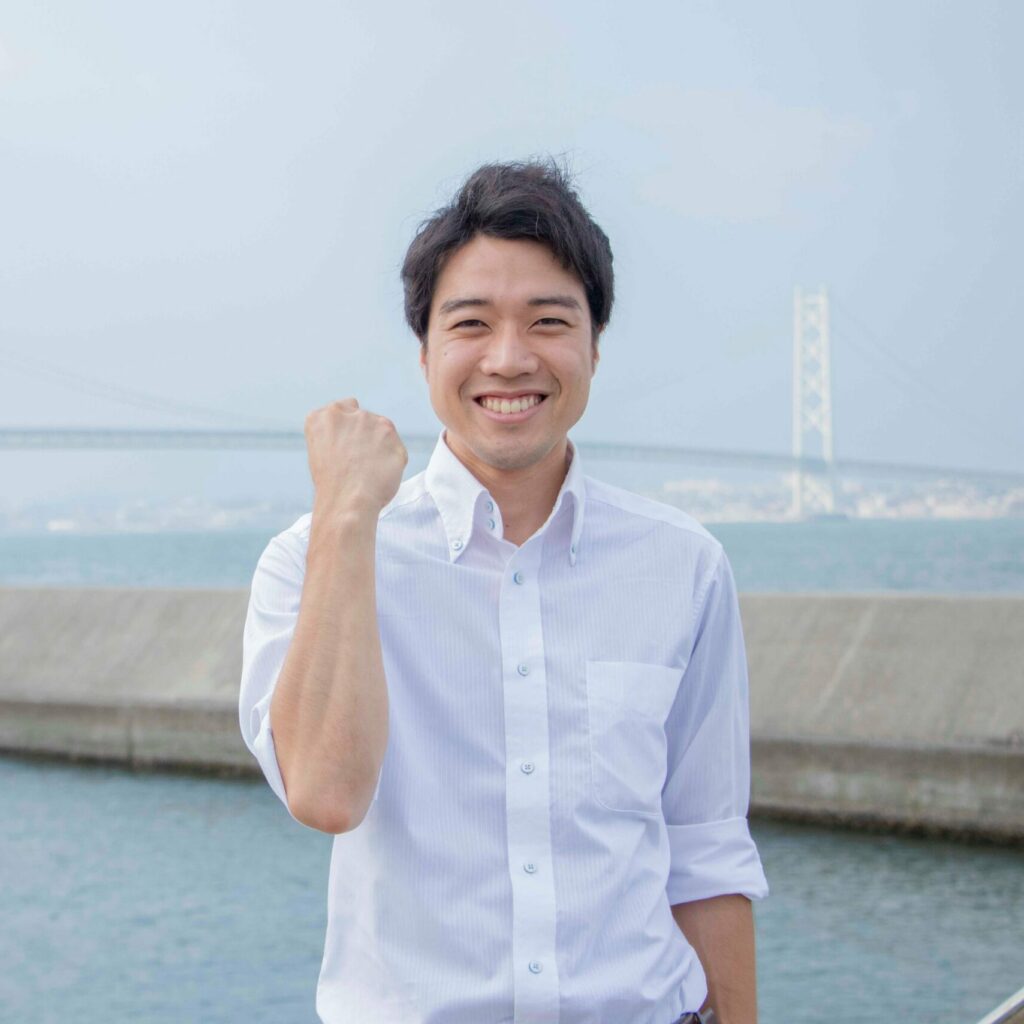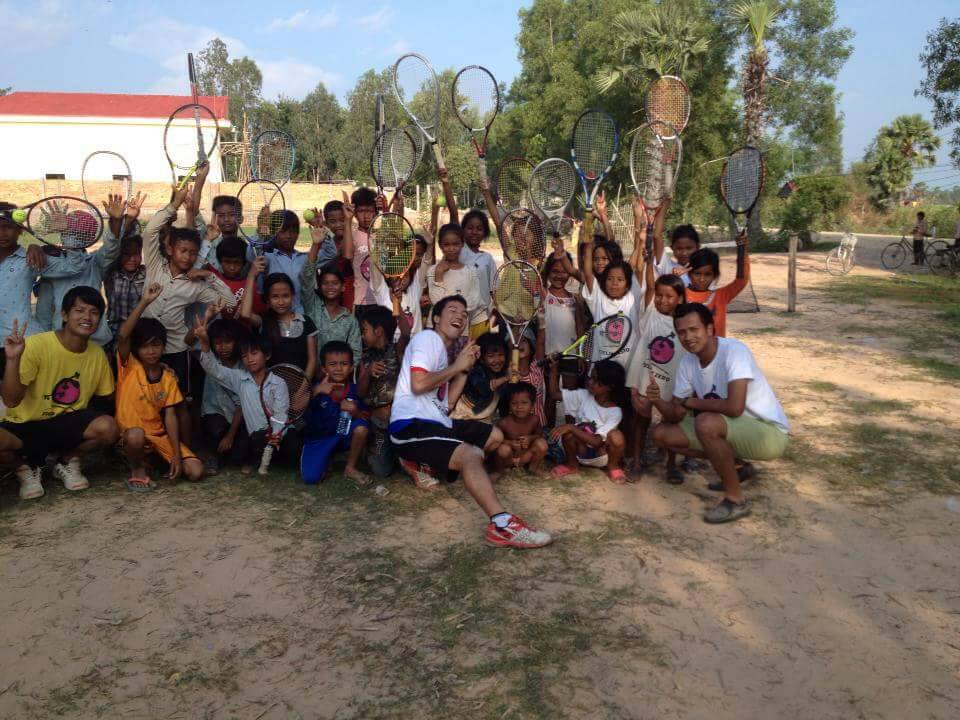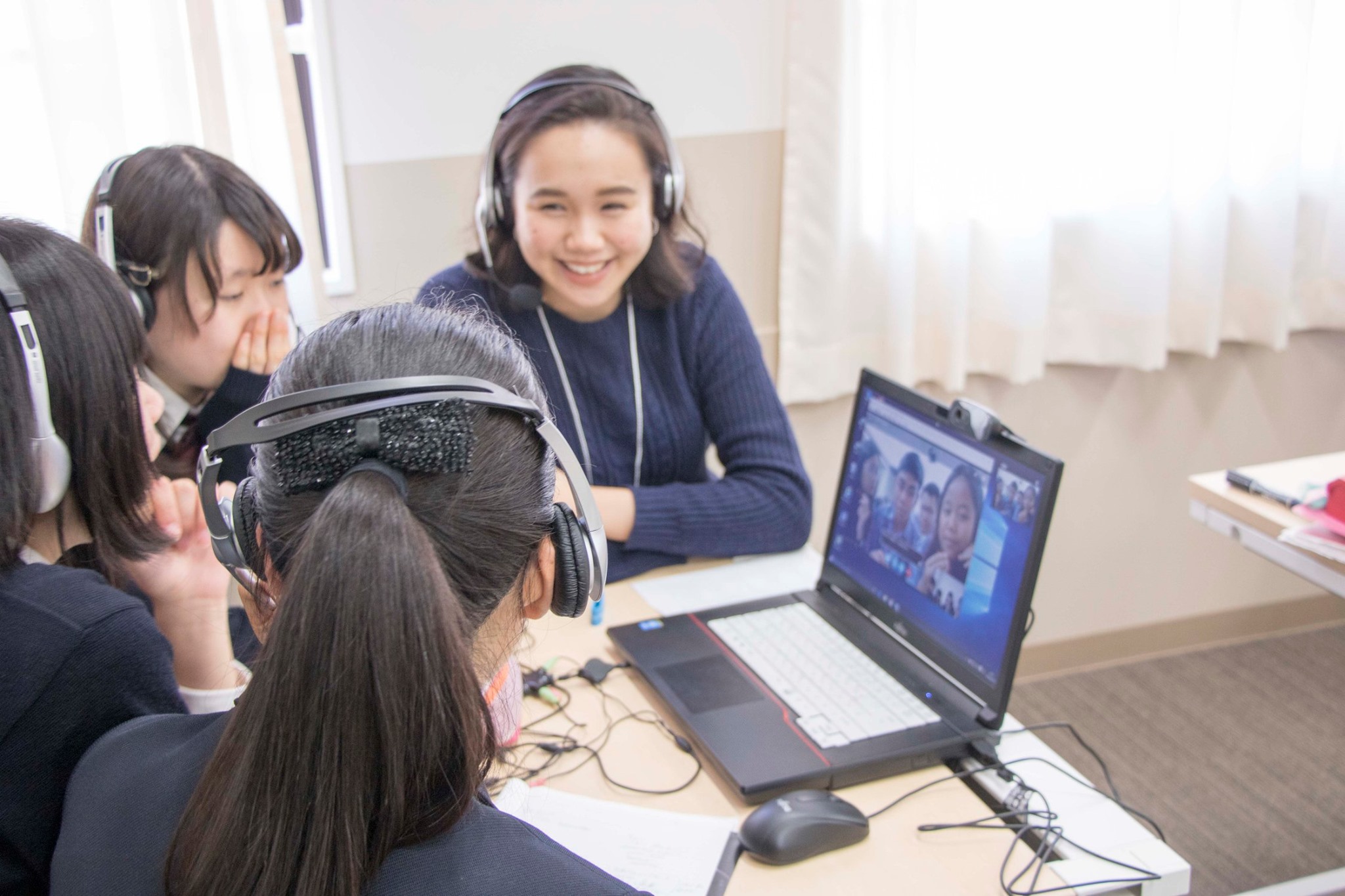Mr. Shunta Igarashi, CEO of With The World Inc.
With The World Inc. is conducting international exchange programs for a total of 10,000 children by connecting schools in 62 countries around the world and those in Japan online. Through this business, the company aims to facilitate the resolution of societal problems and to promote a sustainable educational environment. We spoke with Mr. Shunta Igarashi, the CEO of the company, who contributes to implementing the SDGs in the field of education to create a world where children in any country are actually excited to wake up for school.
―In the five years since you started your business, you have already connected more than 60 countries around the world online and provided places for a total of more than 10,000 students to interact internationally. First, could you tell us what motivated you to start the business?

It was a backpacking trip during my school days. I went to poor areas and slums in the Philippines and Cambodia to teach tennis. During this trip, I often met children who couldn’t get an education, and I started to feel that my mission might be to do field research in such places.
―So, the children you met on the trip inspired you.
That’s right. As a matter of fact, I realized two things through my interactions with them. The first was their high potential. They had a tremendous desire to learn, and so grew and learned quickly. When I taught tennis, they learned enough to play a game in about two hours. Seeing them do so well, I wondered what kind of adults they would become and how far they would grow if they had proper education.
The other was a sense of despair that the gap between poor and rich children as well as the gap between poor and rich countries would probably not be filled if the situation was left unaddressed.
At that time, I was coaching tennis for free in the Philippines and other countries. Through social media, I collected tennis rackets left unused in homes and distributed them to local children. Then, other interested children of all classes, not just poor ones, came to learn tennis.

On such occasions, I asked the rich children about the conditions in the slums in their country and about their local problems. Surprisingly, they had no answer. They were positioned to become leaders of their country when they grew up, but they knew less about their local issues than I expected.
―So, the rich children who would be the future leaders of the country were more indifferent to the poverty and societal issues of their own country and region than you expected.
That’s right. That’s the origin of our current international exchange programs, which connect schools in Japan and overseas online. Even we Japanese people want to know more about Japan and become fonder of Japanese culture when we study abroad. This is because overseas people are often more interested in our culture than us. So, I decided to create places for international exchange so that children in various countries, including Japan, can have opportunities to consciously think about their own countries and regions.
―I see. If future leaders have many friends abroad and also take an interest in inequality in their own countries and regions, there is the potential for a lot of positive change.
It may be a bit unrelated to talk about eliminating inequality, but with that in mind, I launched With The World.
―Listening to you, I have an impression that you have a lot of overseas experience and have been flying around the world since you were a child, but your first overseas experience was when you were a university student, right?
Yes, the trip during college I just told you about was my first overseas experience. So, at first, I wasn’t even thinking that I wanted to resolve overseas problems, but was just getting into the activities of the tennis club in college.
―Why did you go on a backpacking trip overseas in the first place? As it turned out, your visit to the Philippines completely changed your outlook on life, right?
Yes, it did. In Japan, you know, there are often television programs that feature Japanese people who struggle alone and flourish overseas. I really like these kinds of programs and used to record and save ones when I was shocked and impressed by the admirable people that appeared. When looking for a post-graduate job and wondering what I was going to do in the future, I watched all of my recorded programs. And as it turns out, all the programs that impressed me then were about education.
―All were about education!?
So, I realized that I was interested in education. Among those featured in the programs, the person I wanted to meet most was active in the Philippines. I then decided to go there.
―I see. You have the amazing ability to act on your desires by going in person to the Philippines, inspired by TV programs, but I’m also amazed at the achievement of providing educational spaces for a total of 10,000 people in just five years since you founded your company.
Fortunately, we have received requests from many educational institutions through word of mouth and the Internet. Actually, I didn’t start this company right after graduation. I got my first job at a staffing company called Pasona Group.
―A staffing company? Why did you do so?
At the time, Pasona Group held a business contest once a year, and the winner received 10 million yen of funding and the chance to start a business. While working to win the contest, I learned what I needed to know to run my own business, such as the actual founding process, for about three years.
―Instead of starting a business out of the blue, you properly learned the relevant knowledge before launching With The World.
That’s right. Currently, we’re connecting 114 affiliated schools in Japan and in overseas countries online to allow students to interact with each other in their second language, English. About 80% of the students say they are not confident in English, but our assistant staff remotely join and support them. We assign an assistant to each group of four or five students to allow them to interact productively, which is a reason why our programs are well received.
―I’ve heard you are seeing concrete results.
In our joint research with Kobe University, for example, we have confirmed positive results, such as improvement in students’ self-affirmation and an increase in the number of words spoken, over the course of three or four sessions.
Our questionnaire has shown that more than 80% of the students who responded that they would like to travel abroad not only want to learn English, but also want to directly communicate with people overseas.
This encouraged me to obtain a travel license so that I could organize tours where students could meet those they met online directly and in person. I’m hoping that this hybrid of online and in-person interactions will bring about further synergies.
―If students knew that they would be able to meet people in person overseas, they might be more interested. I hear that you are also providing a new form of tours to fulfill your original purpose of delivering education to the ends of the world.
It’s called an “online study tour,” which connects children living in slums with Japanese students online. While talking and exchanging ideas with each other, students learn about things like their individual desires and goals, as well as demographic information like the type of environment each student is living in.
This online tour is quite exciting and has created some fresh questions from children in the other country, such as “What color is the soil in Japan?”
―The color of the soil?
It was a question from Zambian children to Japanese high school students. They were all surprised and seemed puzzled. The question was exciting for them, who had never cared about such a thing. I think it was a moment when they understood that the world the Zambian children saw and felt was completely different from their own.
―By the way, what is the color of the soil in Zambia?
The Zambian children answered red. It’s a bit like red clay.
Though this tour, about 15% of the money paid by the participating Japanese schools will be donated to help continue education for foreign children. This is our attempt to get even just one step closer to our vision of a world where children, regardless of their situation, actually excited to wake up for school.
―However, considering the arrangement of equipment and matching with the other party, I wonder those online exchanges might impose a considerable time and financial burden on the adopting schools.
Since schoolteachers are already working quite hard, we try to minimize the burden on them by providing support, including arranging times with overseas schools. Currently, the ratio of private and public schools that use our programs is about equal. A major reason why many public schools have adopted us is that the policy of providing one tablet per student during the Abe administration allowed them to start with almost no initial cost for adoption.
―You said that the policy worked well for you, but what do you think is the reason for the high popularity from schools?

Photo Location: Kwansei Gakuin Senior Highschool
There are currently 114 schools in Japan that have adopted our programs. However, instead of using a uniform nationwide package, we create programs tailored to teachers’ preferences and the characteristics of each school. This means that there are 114 different programs for 114 different schools. Furthermore, we even assess students’ achievements after the program finishes. I think these are the reasons why we are valued and favored.
―Schools might appreciate a custom-made program as it could be an appealing feature of the school.In closing, please tell us a few words about your future prospects.
We currently have 62 participating countries and hope to further increase the number of connected countries so that children can make many friends.
If such children become political leaders in the future, they could connect countries through relationships of trust without having to play politics for each other’s countries. I believe that a path to peace can be found in making friends around the world, and so I very much want to keep expanding these programs.
| Company name: With The World Inc. |
| Founded:April 2, 2018 |
| Number of employees:10 |
| Main business:Online international exchange program URL:https://withtheworld.co/en |
This article is part of a series of articles introducing venture companies working together as ICF members to resolve societal issues.





